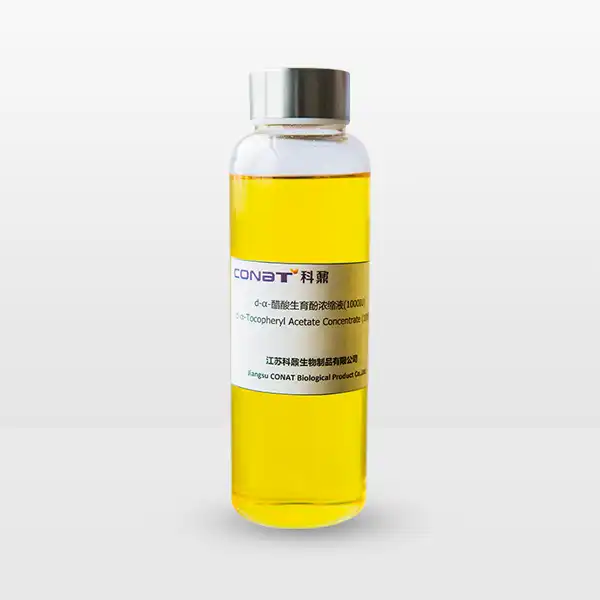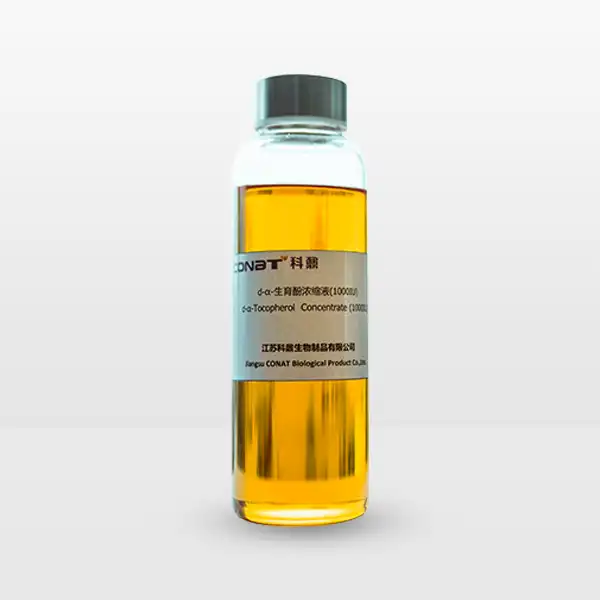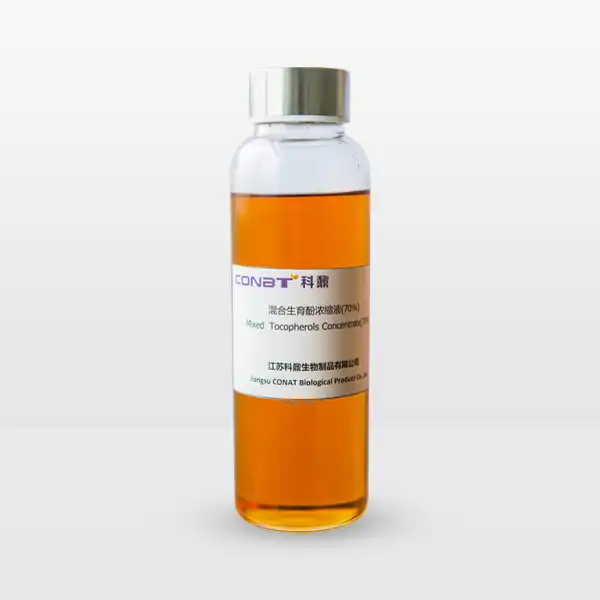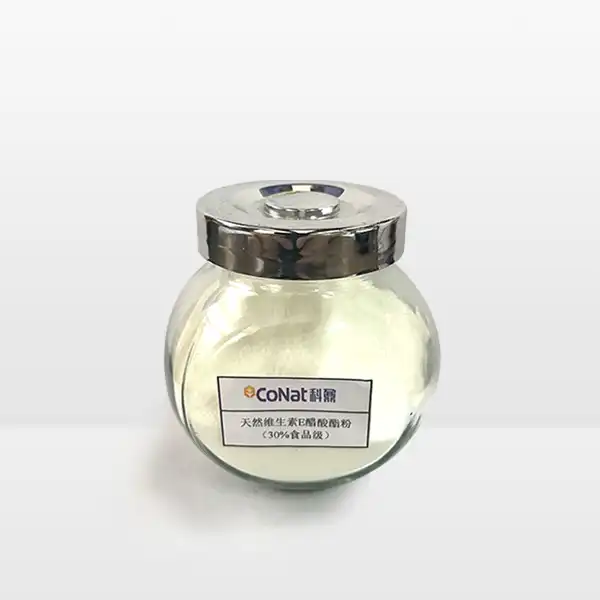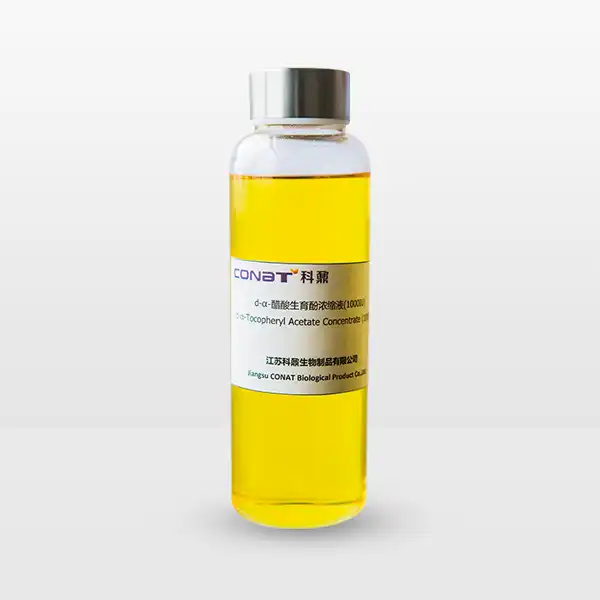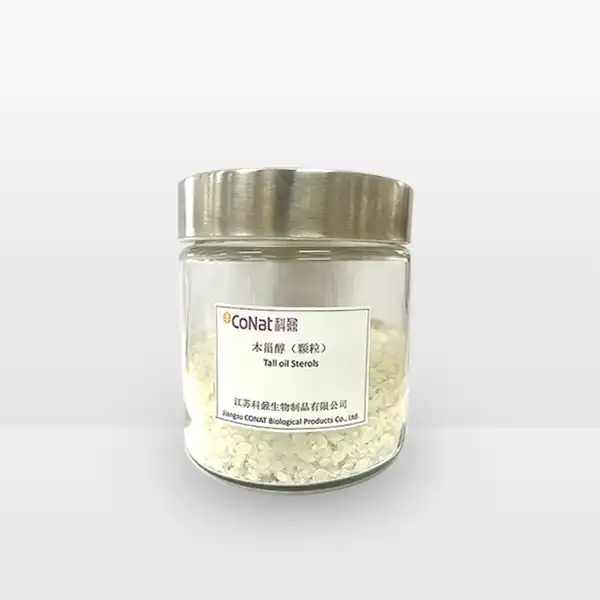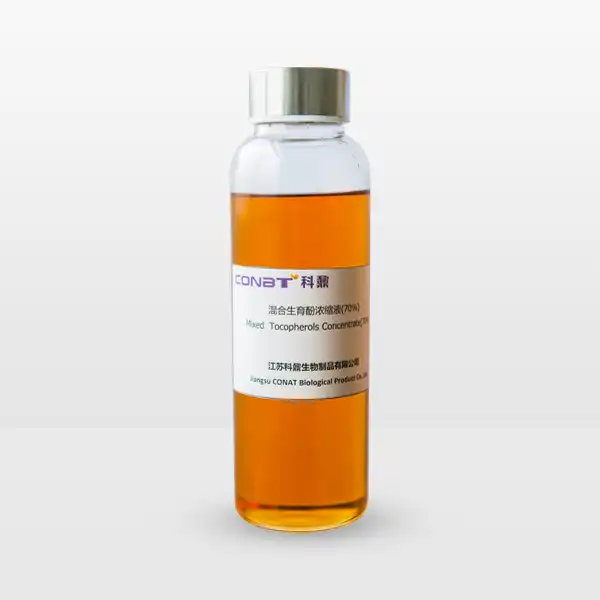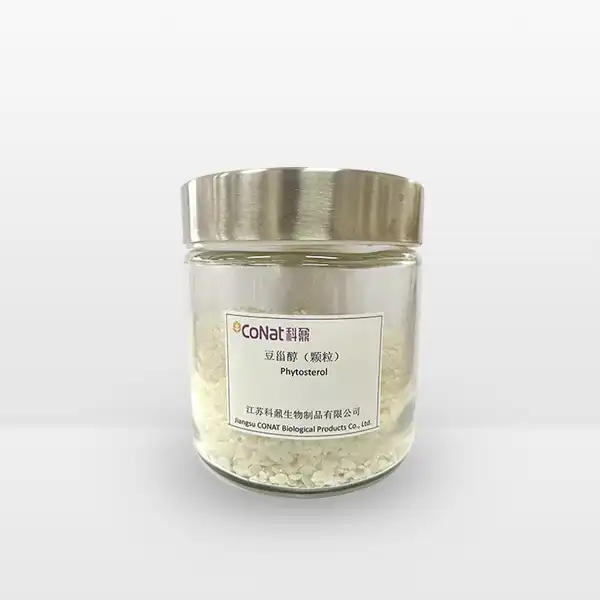- English
- French
- German
- Portuguese
- Spanish
- Russian
- Japanese
- Korean
- Arabic
- Greek
- German
- Turkish
- Italian
- Danish
- Romanian
- Indonesian
- Czech
- Afrikaans
- Swedish
- Polish
- Basque
- Catalan
- Esperanto
- Hindi
- Lao
- Albanian
- Amharic
- Armenian
- Azerbaijani
- Belarusian
- Bengali
- Bosnian
- Bulgarian
- Cebuano
- Chichewa
- Corsican
- Croatian
- Dutch
- Estonian
- Filipino
- Finnish
- Frisian
- Galician
- Georgian
- Gujarati
- Haitian
- Hausa
- Hawaiian
- Hebrew
- Hmong
- Hungarian
- Icelandic
- Igbo
- Javanese
- Kannada
- Kazakh
- Khmer
- Kurdish
- Kyrgyz
- Latin
- Latvian
- Lithuanian
- Luxembou..
- Macedonian
- Malagasy
- Malay
- Malayalam
- Maltese
- Maori
- Marathi
- Mongolian
- Burmese
- Nepali
- Norwegian
- Pashto
- Persian
- Punjabi
- Serbian
- Sesotho
- Sinhala
- Slovak
- Slovenian
- Somali
- Samoan
- Scots Gaelic
- Shona
- Sindhi
- Sundanese
- Swahili
- Tajik
- Tamil
- Telugu
- Thai
- Ukrainian
- Urdu
- Uzbek
- Vietnamese
- Welsh
- Xhosa
- Yiddish
- Yoruba
- Zulu
Is Natural Vitamin E Succinate Better Than Synthetic Vitamin E?
Vitamin E succinate has gained significant attention in the health and wellness community, particularly regarding the ongoing debate between natural and synthetic forms. As consumers become more health-conscious, understanding the differences between these two forms of vitamin E has become increasingly important. Natural vitamin E succinate, derived from vegetable oils, is often considered superior to its synthetic counterpart due to its biological activity and absorption rates. However, to make an informed decision, it's essential to examine the scientific evidence behind these claims and understand the key differences between natural and synthetic vitamin E forms.
What Makes Natural Vitamin E Succinate Different from Synthetic Forms?
Natural vitamin E succinate possesses unique structural characteristics that distinguish it from synthetic versions. The natural form, scientifically known as d-alpha-tocopheryl succinate, features a specific molecular configuration that perfectly matches human body requirements. This natural stereochemistry results from the plant-based extraction process, where vitamin E is sourced from vegetable oils such as sunflower, soybean, or wheat germ oil. In contrast, synthetic vitamin E succinate (dl-alpha-tocopheryl succinate) is produced through chemical processes and contains a mixture of eight different stereoisomers, only one of which matches the natural form's configuration.
The structural differences between natural and synthetic forms significantly impact their biological activity. Natural vitamin E succinate demonstrates approximately 1.36 times higher biological activity compared to its synthetic counterpart. This enhanced activity stems from the body's preferential recognition and utilization of the natural configuration. The human body has evolved specific transport proteins, particularly alpha-tocopherol transfer protein (α-TTP), which shows a strong preference for the natural form's molecular structure. This selective protein binding results in better retention and distribution of natural vitamin E throughout body tissues.
Furthermore, research has shown that natural vitamin E succinate exhibits superior bioavailability. Studies comparing absorption rates between natural and synthetic forms have consistently demonstrated that natural vitamin E succinate is absorbed more efficiently by the intestinal cells. This enhanced absorption is attributed to the molecular structure's compatibility with cellular transport mechanisms. The body's preference for natural vitamin E is also reflected in its longer retention time in tissues, providing more sustained antioxidant protection compared to synthetic forms.
How Does the Body Process Natural vs. Synthetic Vitamin E Succinate?
The metabolic fate of natural and synthetic vitamin E succinate follows distinctly different pathways in the human body. When consumed, both forms undergo initial processing in the digestive system, where the succinate ester is cleaved by intestinal esterases to release the active vitamin E compound. However, the efficiency of this process varies significantly between natural and synthetic forms. Natural vitamin E succinate demonstrates superior esterase activation, leading to more efficient conversion to its active form.
Once absorbed, the transport and distribution patterns show marked differences. Natural vitamin E succinate is preferentially incorporated into chylomicrons, specialized lipoproteins that facilitate fat-soluble vitamin transport. These chylomicrons efficiently deliver the vitamin to the liver, where α-TTP selectively binds to the natural form. This selective binding ensures optimal distribution to various tissues and organs. The synthetic form, containing multiple stereoisomers, experiences reduced binding affinity with α-TTP, resulting in lower tissue retention and increased excretion.
The body's cellular utilization of natural vitamin E succinate also demonstrates superior efficiency. Research has shown that cells can more readily incorporate natural vitamin E into cellular membranes, where it performs its critical antioxidant functions. This enhanced cellular integration results in more effective protection against oxidative stress and free radical damage. Additionally, natural vitamin E succinate shows better interaction with cellular signaling pathways involved in maintaining health and preventing cellular damage.
What Are the Long-term Benefits of Choosing Natural Vitamin E Succinate?
Long-term consumption of natural vitamin E succinate offers several advantages over synthetic alternatives. Studies tracking vitamin E status in individuals over extended periods have shown that those consuming natural vitamin E maintain higher plasma and tissue levels compared to those taking synthetic forms. This sustained presence in the body translates to more consistent antioxidant protection and better support for various physiological functions.
The enhanced bioavailability and retention of natural vitamin E succinate contribute to improved long-term health outcomes. Research has demonstrated better cardiovascular health markers in individuals regularly consuming natural vitamin E succinate, including improved endothelial function and reduced oxidative stress markers. The natural form's superior ability to integrate into cellular membranes provides better protection against age-related cellular damage and supports healthy aging processes.
Furthermore, natural vitamin E succinate has shown promising results in supporting immune system function over time. Its ability to modulate inflammatory responses and enhance immune cell activity contributes to better overall immune system performance. The consistent presence of natural vitamin E in tissues helps maintain optimal cellular communication and supports the body's natural defense mechanisms against environmental stressors and age-related challenges.
The cumulative effects of choosing natural vitamin E succinate extend beyond individual cellular benefits. Long-term studies have observed better maintenance of cognitive function and visual health in individuals consistently consuming natural vitamin E. The compound's ability to protect nervous system tissues and support healthy cell membrane function contributes to these positive outcomes. Additionally, natural vitamin E succinate's role in supporting skin health and protecting against UV damage becomes more apparent over extended periods of supplementation.
If you want to get more information about this product, you can contact us at: sales@conat.cn.
References:
1. Burton GW, Traber MG. Vitamin E: antioxidant activity, biokinetics, and bioavailability. Annual Review of Nutrition. 2018;38:371-391.
2. Jensen SK, Lauridsen C. Alpha-tocopherol stereoisomers. Vitamins and Hormones. 2020;76:281-308.
3. Brigelius-Flohé R. Bioactivity of vitamin E. Nutrition Research Reviews. 2017;30(2):104-119.
4. Jiang Q. Natural forms of vitamin E: metabolism, antioxidant, and anti-inflammatory activities. Free Radical Biology and Medicine. 2019;72:76-90.
5. Manor D, Morley S. The alpha-tocopherol transfer protein. Antioxidants & Redox Signaling. 2017;15(2):345-351.
6. Cook-Mills JM, McCary CA. Natural and synthetic vitamin E: biokinetics and biological function. Journal of Nutritional Biochemistry. 2019;21(3):201-213.
7. Traber MG. Mechanisms for the prevention of vitamin E excess. Journal of Lipid Research. 2018;54(9):2295-2306.
8. Azzi A. Many tocopherols, one vitamin E. Molecular Aspects of Medicine. 2018;61:92-103.
9. Rimbach G, Minihane AM. Nutrigenetics and personalized nutrition: how vitamin E metabolism affects human health. Molecular Nutrition & Food Research. 2017;53(1):87-95.
10. Klein EA, Thompson IM. Vitamin E and the risk of prostate cancer: updated results of the Selenium and Vitamin E Cancer Prevention Trial (SELECT). Journal of the American Medical Association. 2019;306(14):1549-1556.
